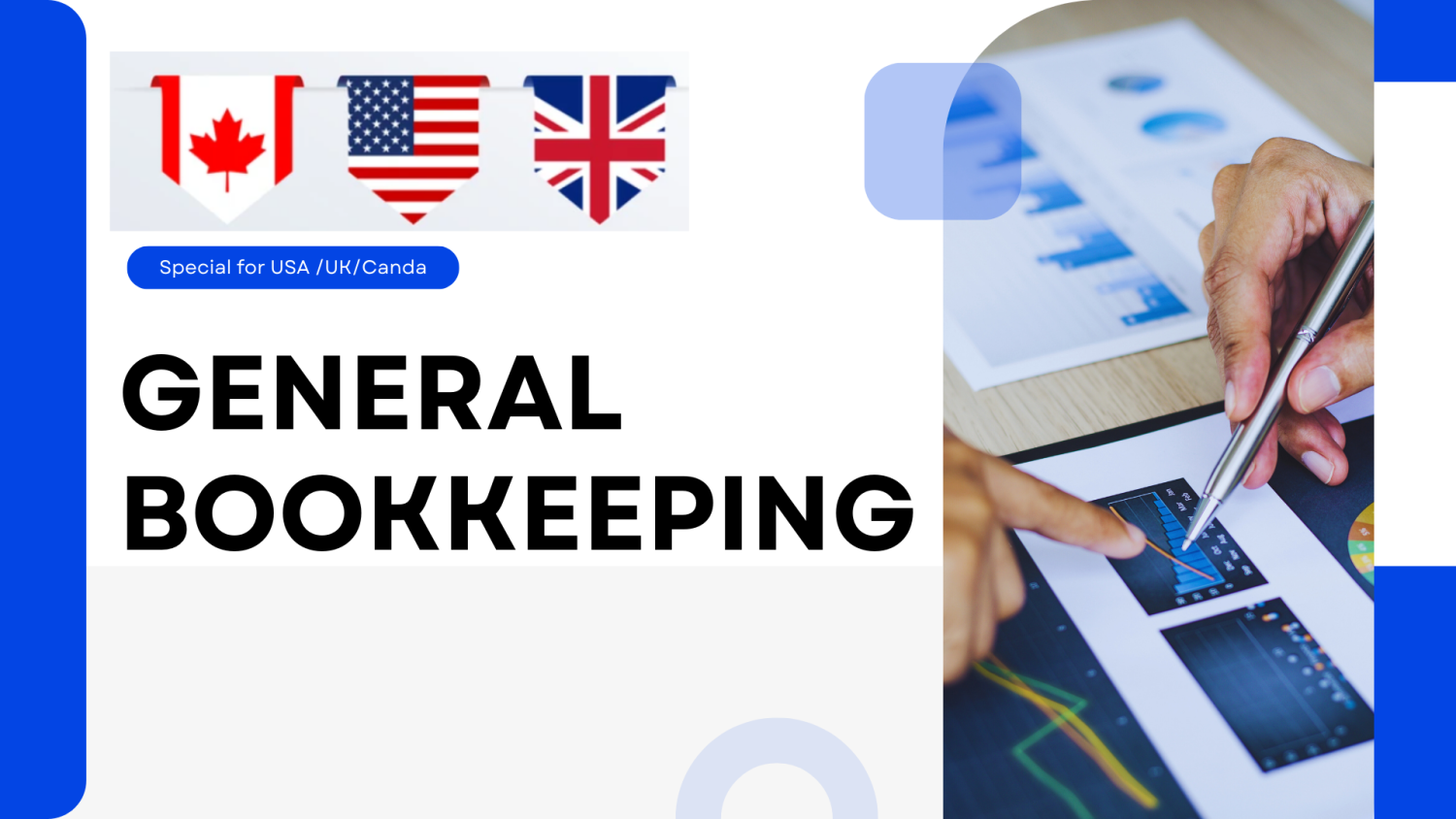Chart of Accounts
The Chart of Accounts (COA) is a structured list of all accounts used in an organization's general ledger. It categorizes financial transactions into assets, liabilities, equity, revenue, and expenses, allowing for organized tracking and reporting of financial activities across different departments and functions.
Journal Entry
A journal entry records business transactions in the accounting system, detailing debits and credits to the appropriate accounts. Each journal entry is documented with a date, amount, and description, providing a clear record of financial activities for accurate bookkeeping and reporting.
Expense Allocation
Expense allocation involves distributing business expenses across various departments, cost centers, or projects based on a pre-determined methodology. Proper allocation ensures accurate financial reporting and compliance with tax regulations, enabling businesses to assess profitability and make informed decisions.
Period End Closing
Period end closing is the process of finalizing all financial transactions for a given accounting period. It includes reconciling accounts, adjusting entries, and ensuring all income and expenses are properly recorded, allowing for the preparation of accurate financial statements and reports for management and stakeholders.
Bank and Credit Card Reconciliations
Bank and credit card reconciliations compare a company’s financial records to bank and credit card statements. This process ensures that all transactions, deposits, and withdrawals are accounted for, identifying discrepancies and ensuring the accuracy of the company’s cash and credit balances.
Fixed Assets Management
Fixed asset management involves tracking and maintaining records of a company’s long-term assets, such as property, equipment, and vehicles. Proper management includes depreciation, impairment, and disposal tracking to ensure accurate financial reporting and compliance with tax and accounting standards.
Sales Tax
Sales tax is a state-level consumption tax imposed on goods and services sold by a business. Proper accounting for sales tax involves calculating, collecting, and remitting the tax to the appropriate authorities. It is essential for compliance with local and federal tax laws and for accurate financial reporting.
Payroll
Payroll accounting manages the process of compensating employees for their work. This includes calculating wages, withholding taxes, benefits, and other deductions, as well as ensuring compliance with federal, state, and local tax regulations. Payroll records are essential for tax filings and employee benefits management.
Financial Reports
Financial reports are formal records that summarize the financial performance and position of a business. Key reports include the income statement, balance sheet, and cash flow statement, which provide valuable insights into profitability, liquidity, and overall financial health for decision-making and compliance purposes.
